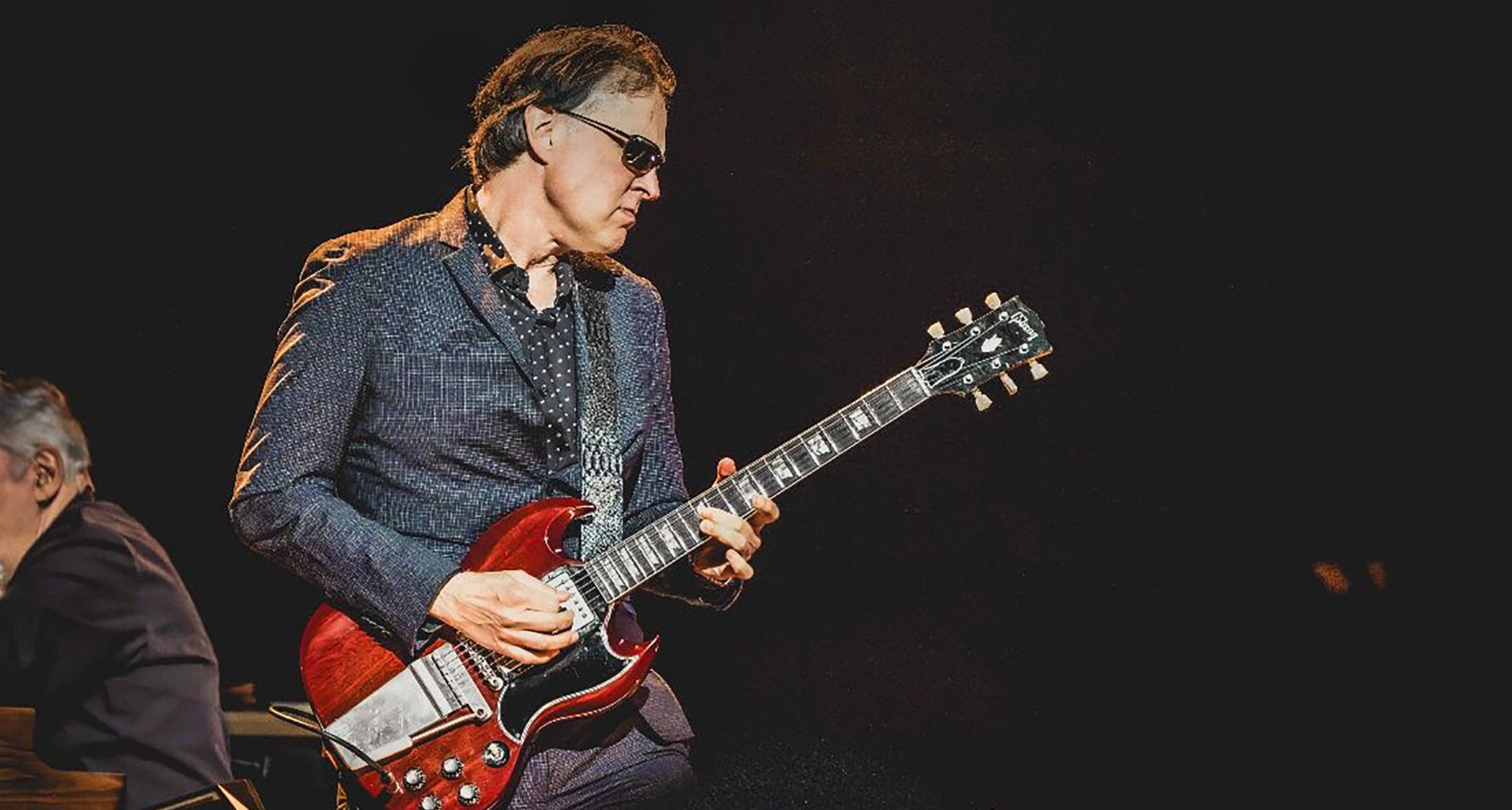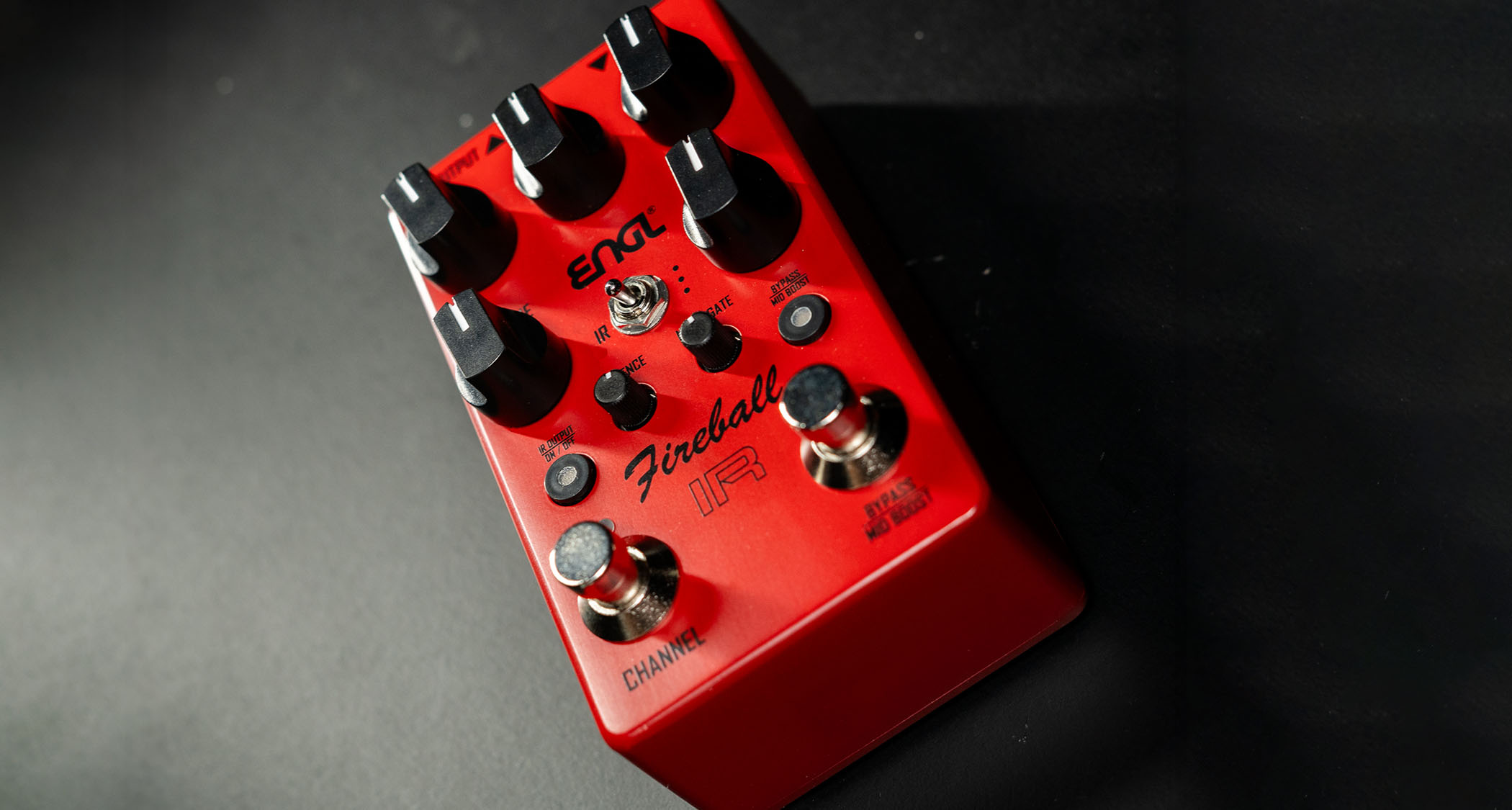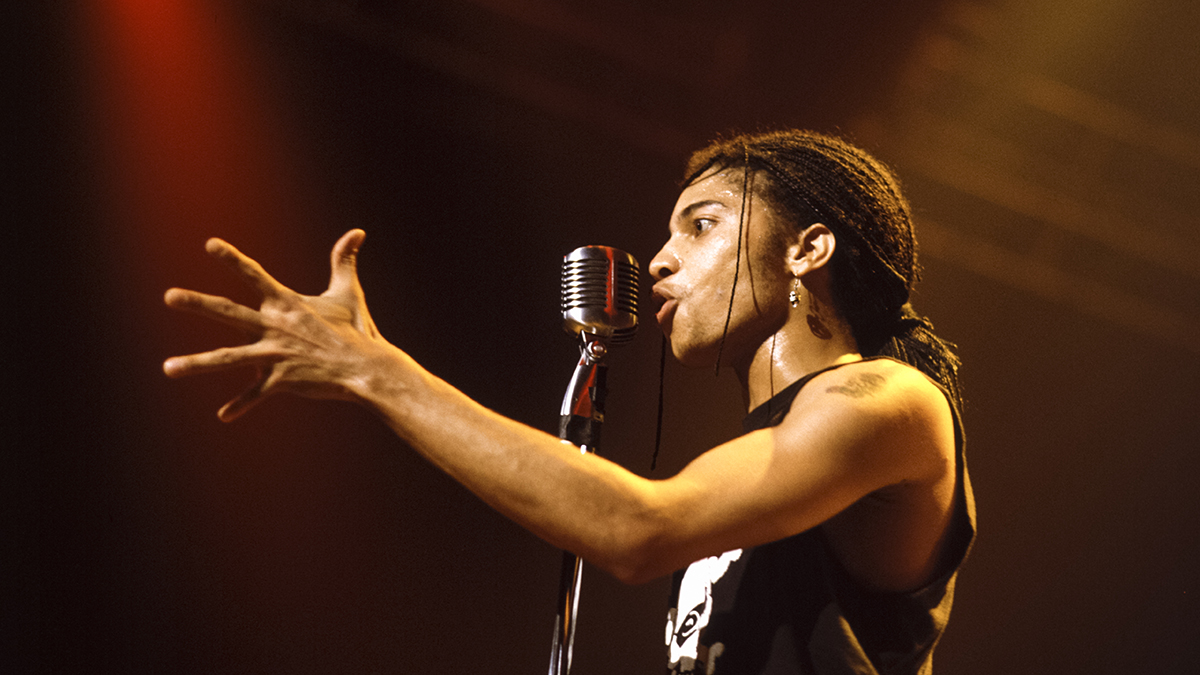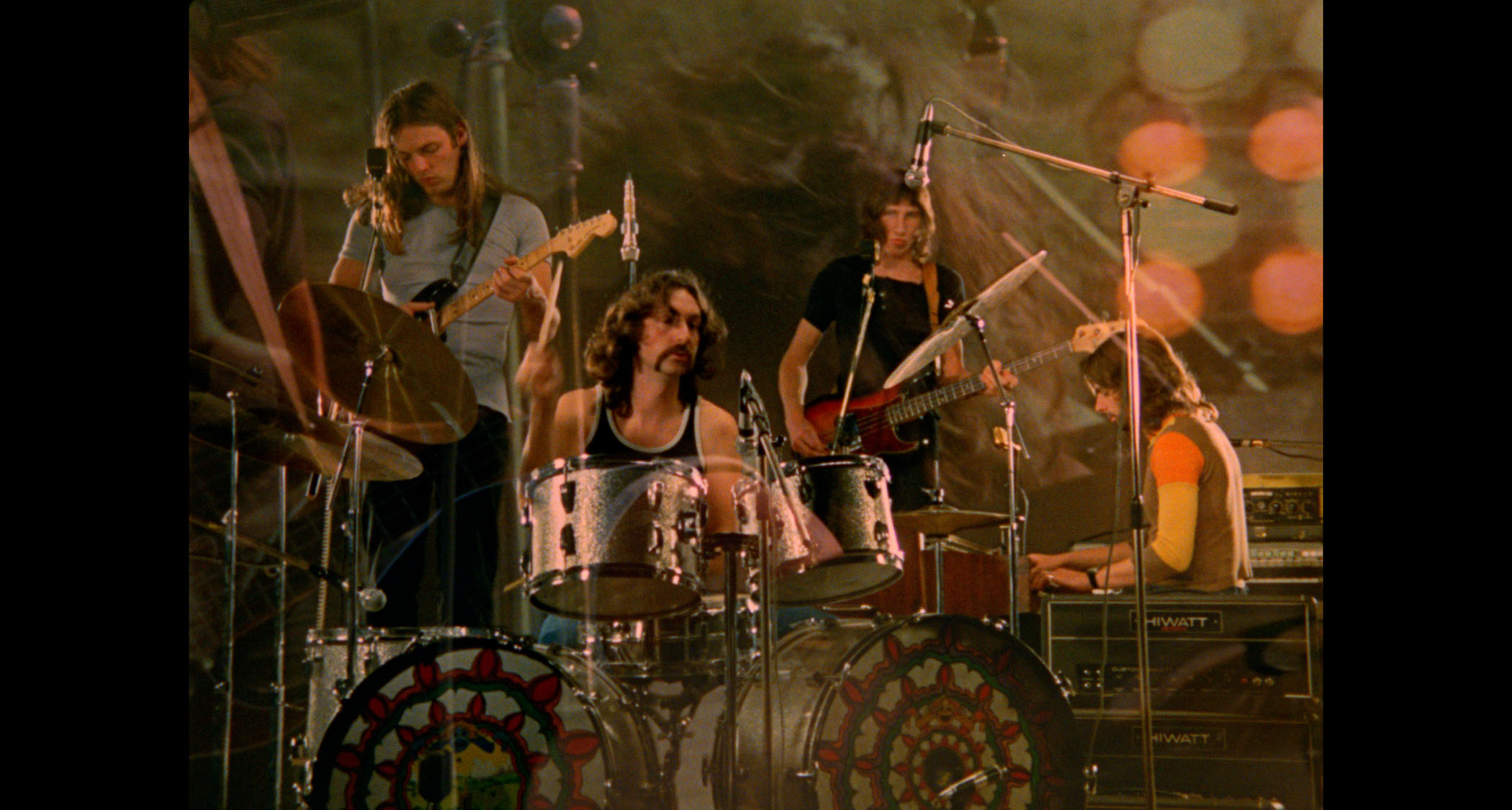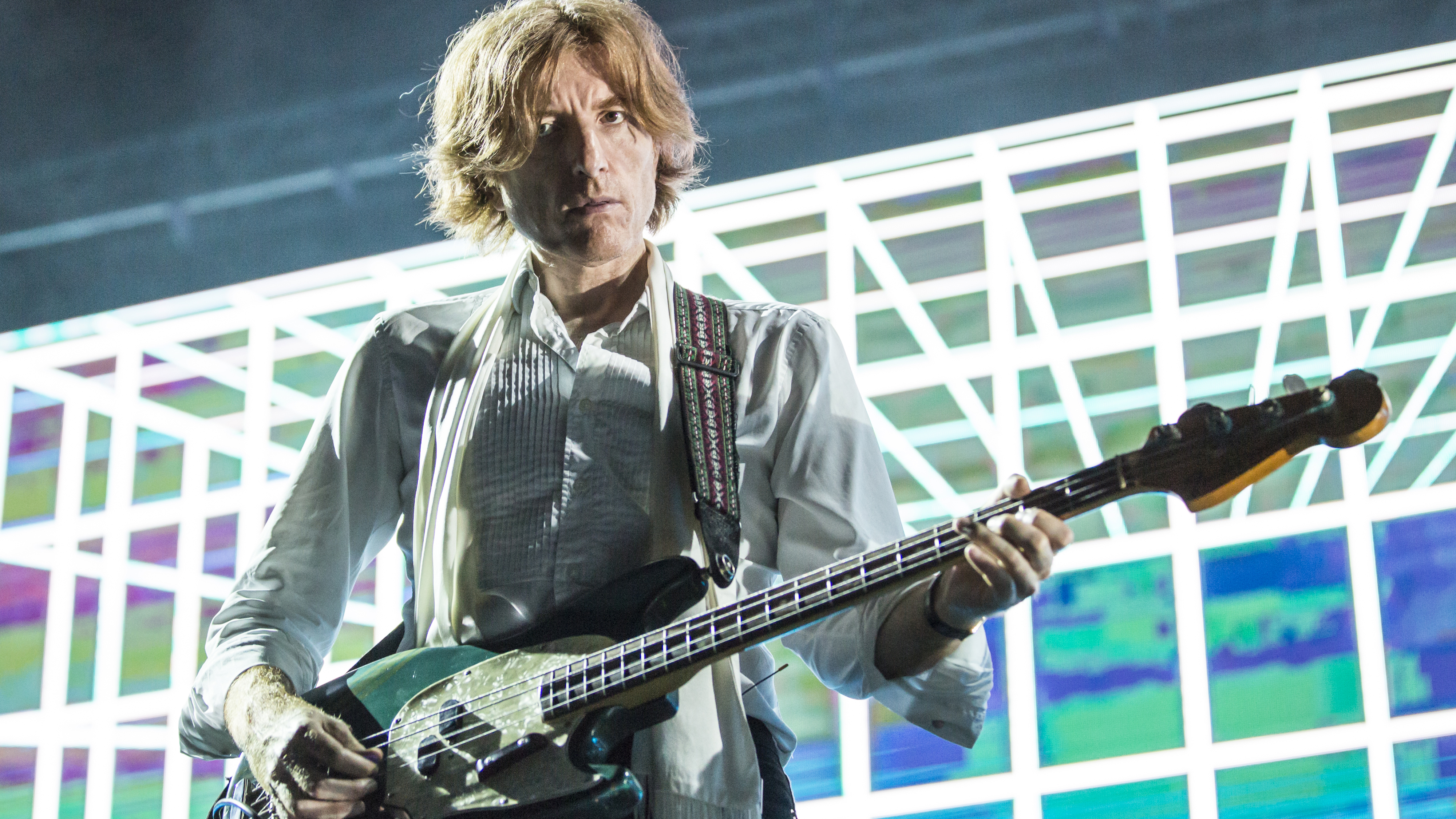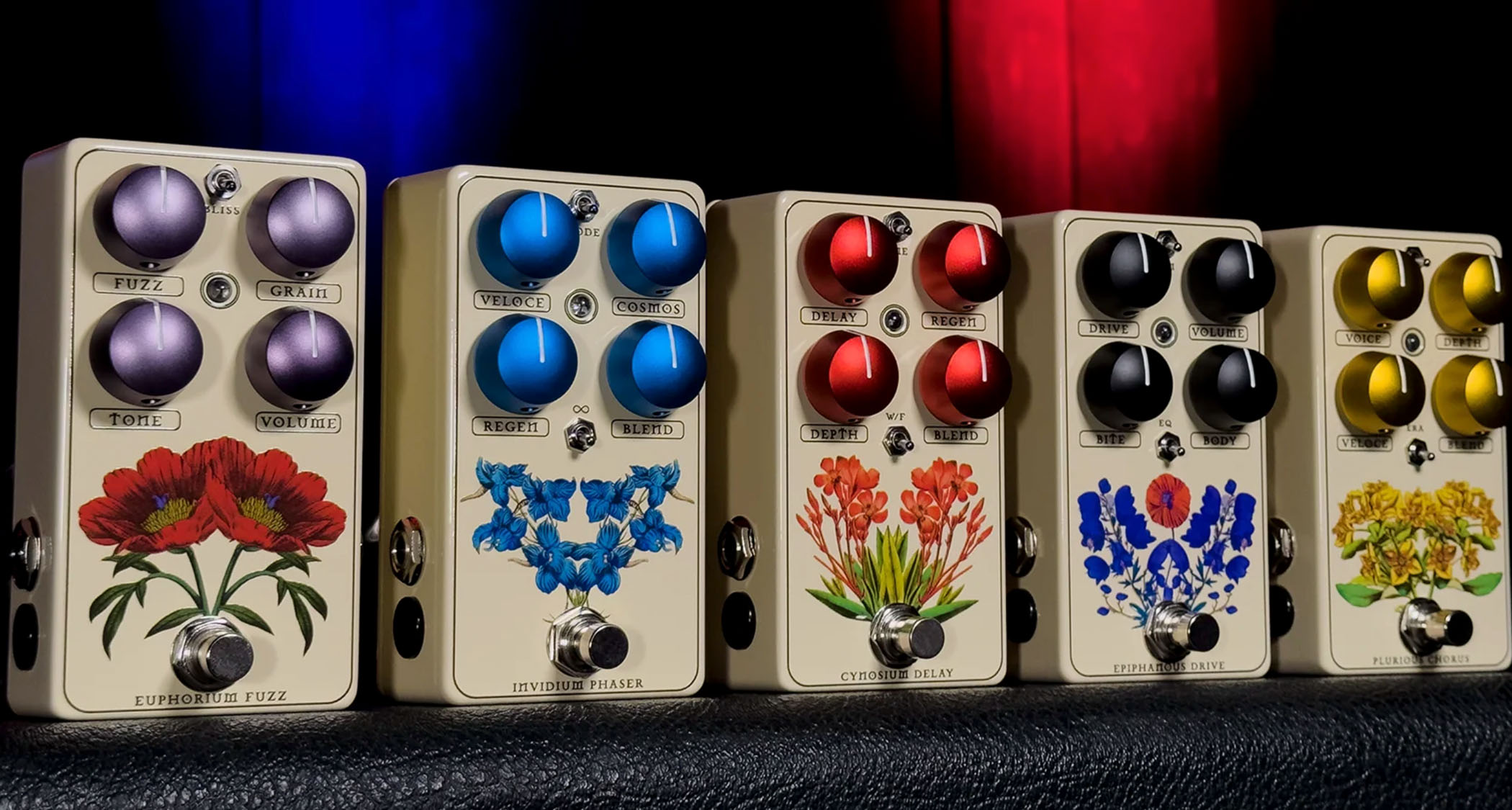NAMM 2012: Waldorf Pulse 2 analogue synth
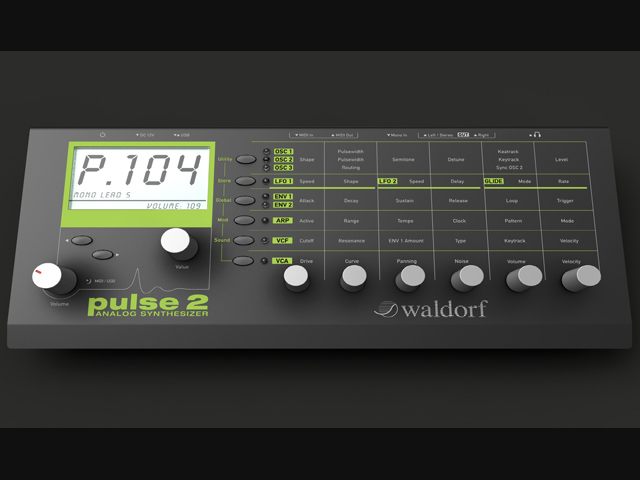
Waldorf Pulse 2
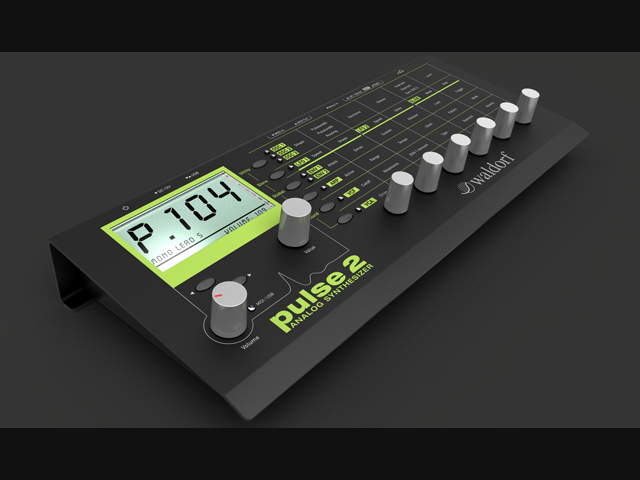
Waldorf Pulse 2 angle
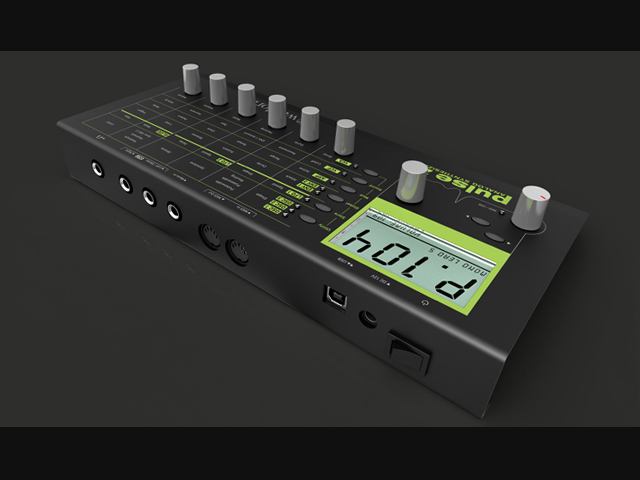
Waldorf Pulse 2 rear
NAMM 2012: Suddenly, everyone's making proper analogue synths again, and not to be left out, Waldorf has announced the Pulse 2, an unexpected successor to an instrument that was originally released in 1996.
Click here for a gallery of Waldorf Pulse 2 images
This monophonic synth sports three oscillators, a filter, an arpeggiator, an 8-slot modulation matrix and much more, and is backwards compatible with the original Pulse. Here's the full skinny, taken from the Waldorf website.
Waldorf Pulse 2 official info
Sometimes they do come back, and this time, it's with even more brute-strength power onboard. You are looking at a completely analog synthesizer that accurately delivers what synthesizer enthusiasts around the world truly crave. Pulse 2 is the reincarnation of it's legendary ancestor, the Waldorf Pulse, that dominated the electronic music of the 90s.
Three analog oscillators in combination with a true analog cascading filter is what Pulse and Pulse 2 have in common. But we didn't stop there. The filter circuits now also offer Highpass and Bandpass modes. We added analog Filter FM and Ring Modulation along with paraphonic modes that allow up to eight voice chords.
Like the Blofeld Synthesizer, the Pulse 2 is housed in a sturdy metal desktop case. Besides its large LCD display, 8 stainless steel knobs are available to surf through its clearly arrayed parameter matrix, set master volume and edit display accessible parameters.
Specs
- 3 analog oscillators + 1 noise generator
- Pulse width modulation
- Hard sync
- Filter FM from Oscillator 3
- Ring Modulation from Oscillator 3
- XOR Osc Mode
- 8/4 Voice Paraphonic modes
- Cascade Filter
- 24dB/12db Lowpass, 12db Highpass/Bandpass filter modes
- Powerful Arpeggiator
- 8-slot Modulation Matrix
- USB
- MIDI
- External analog signal input
- Stereo line out
- Headphone out
- Backwards compatible with classic Pulse
- 128x64 character backlit LCD
Get the MusicRadar Newsletter
Want all the hottest music and gear news, reviews, deals, features and more, direct to your inbox? Sign up here.

I’m the Deputy Editor of MusicRadar, having worked on the site since its launch in 2007. I previously spent eight years working on our sister magazine, Computer Music. I’ve been playing the piano, gigging in bands and failing to finish tracks at home for more than 30 years, 24 of which I’ve also spent writing about music and the ever-changing technology used to make it.
